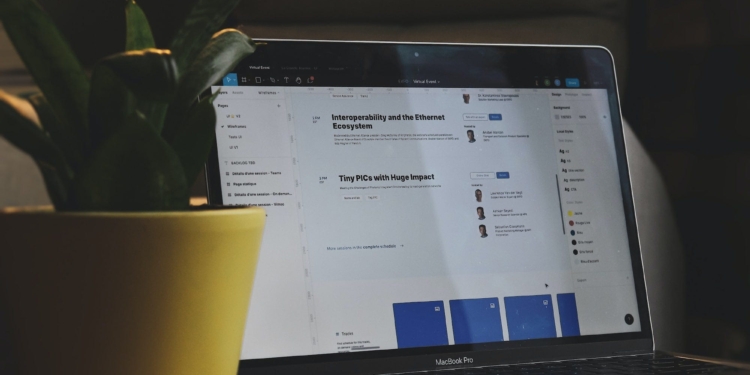Contents
- 0.1 RelatedPosts
- 0.2 Unveiling TikTok’s Alleged Anti-Trump Censorship – What Users Need to Know
- 0.3 Facebook Wants to Pay You $50,000 a Month to Quit TikTok
- 0.4 TikTok ‘Goes Dark’: TikTok App Taken Down in the US Plus How to Regain Access
- 1 Characteristics of All Types of Operating Systems
- 2 What are Cloud Operating Systems?
- 3 Securing Cloud Systems and Mitigating Vulnerabilities and Exploits
Operating systems can either be cloud operating systems, mainframe, desktop, or real-time operating systems.
Characteristics of All Types of Operating Systems
Generally, all types have the following components.
- Security that allows for hierarchy when it comes to persisting data.
- User interfaces can be the windows system or the command-line shell.
- Others include device drivers that drive different hardware from numerous providers. A good example is Amazon S3 Cloud Computing. Lastly, the kernel which manages processes and memory.
What are Cloud Operating Systems?
Cloud operating systems are the future of cloud computing and operating systems. They get designed to run a single application in one virtual machine, thus extensively removing the functionality of single-purpose operating systems. It is possible that this is performed directly on hardware and would require every language runtime to get ported to varied hardware environments. However, this can be expensive and has limited the adoption of cloud OS until recently.
Cloud OS and Cloud Computing
Cloud OS and cloud computing revisit the library OS approach to building operating systems. It then gets put into the context of cloud computing within a virtual machine. The primary purpose of this approach is to simplify cloud application stacks significantly. Others include simplified management and increased system security for application stacks in the cloud, offering less complexity, and removing abstraction layers.
Securing Cloud Systems and Mitigating Vulnerabilities and Exploits
The security of a system is dependent on the damage that an exploit can do—moreover, the amount of code in the system. The cloud OS has only a single language runtime and application, while in a typical cloud application, attacks always commence with input that would try to get user data or lead to an invasion of the underlying applications or OS.







